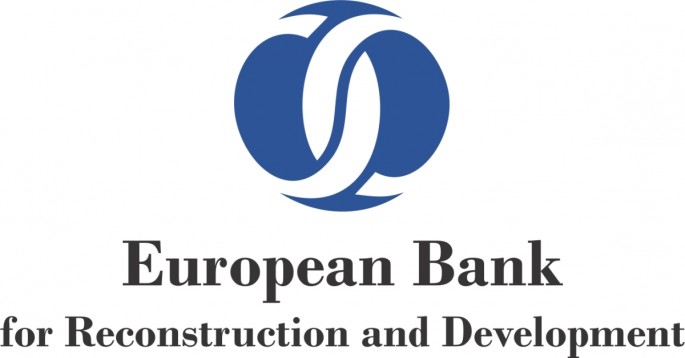The European Bank for Reconstruction and Development (EBRD) is seeking opportunities to work closely with the Asian Infrastructure Investment Bank (AIIB), including providing advice to AIIB and jointly funding infrastructure projects.
A China-led bank has significant implications for an older development-oriented bank like the EBRD because the combined strength of both can allow them to take on much larger projects, EBRD President Suma Chakrabarti told the China Internet Information Center on Monday.
In addition, efficient and innovative ways of funding that may be demonstrated by the AIIB will serve as inspiration to and create benchmarks that affect how the EBRD examines and funds projects, he added.
Chakrabarti, who is due to visit China on June 26, will be giving a speech outlining his advice to the AIIB, including details on building a reasonable business model, governance and standards.
He will also meet with counterparts in China to discuss how the two banks can cooperate, especially in regions where there may be overlap in responsibilities.
"What I'd really like to achieve by next year, when the AIIB is running, is to have at least two or three cofinance projects. That's going to be our main push. Of course we can do other things together, but projects will be a good way to start," Chakrabarti said.
Founded in 1991, the London-based EBRD is a multilateral developmental investment bank that uses investment as a tool to build market economies. It initially focused on countries of the Eastern Bloc of the former Soviet Union, but eventually expanded to support development in 30 countries across Europe and Central Asia.
The potential partnership between the two banks has attracted attention from industry experts, although the effects of future cooperation are still left to speculation.
Hou Zhenbo, a researcher of the think tank Overseas Development Institute in London, said the overlap between the two might be in infrastructure projects in Central Asia and former Soviet republics, although it is "difficult for us to speculate how large these sets of investments would be in the future".
Christopher Bovis, a professor of business law at the Business School of the University of Hull in Yorkshire, England, said that the EBRD's partnership with the AIIB could help to develop and expand the pipeline for public-private partnership projects on the basis of a clearly defined eligibility framework.
The European Regional Development Fund (ERDF) would carry out the due diligence and financial appraisal in the structuring phase and monitor the project thereafter, Bovis said, noting that the fund may also be prepared to act as the controlling creditor according to principles to be established by agreement with market participants.
"The AIIB and the ERDF would share the risk of the losses of the project portfolio. The ERDF risk would be ring-fenced and its participation therefore capped at an agreed annual budgetary amount," he added
Chakrabarti said that because both the EBRD and the AIIB share similar financing structures and goals, they can jointly invest in projects and share revenue based on percentage shares. And aside from debt financing, he said, the two banks can also work together on equity financing.
In particular, opportunities exist in the municipal infrastructure sector such as in waste, water management, and public transportation, Chakrabarti said.
"Equity investment, in our view, will allow us to use our expertise to help a company become more comfortable and effective on the ground. As an equity investor, we would typically have a position on the board of a company, and we can then cooperate with the company to make it better," he added.






















